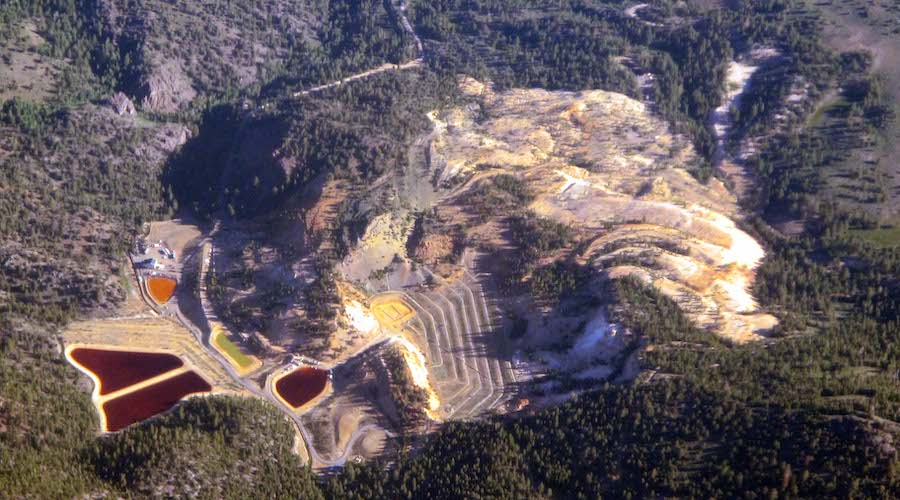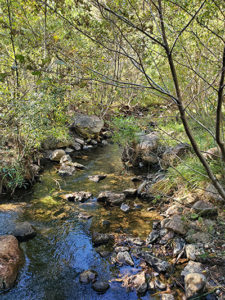
A new study based on long-term monitoring data shows that cleanup efforts can allow streams affected by acidic runoff drainage from abandoned mines to recover to near-natural conditions within 10 to 15 years after the start of abatement work.
In detail, the authors of the paper analyzed monitoring information over periods of 20 years or more for four mining-impacted watersheds—located in mountain mining regions of California, Colorado, Idaho, and Montana. The sites were all designated as Superfund sites under the Comprehensive Environmental Response, Compensation, and Liability Act, which helps fund the cleanup of toxic-waste sites in the United States.
“The good news from them all is that Superfund investments can restore the water quality and ecological health of the streams,” said David Herbst, co-author of the study, which was published in the journal Freshwater Science.

When combining the time series, the scientists looked specifically at aquatic insects and other diverse invertebrate life such as flatworms and snails as indicators of the restoration of ecological health, with nearby unpolluted streams serving as standards for comparison.
Even with differing mixes of toxic metals and different treatment practices used to control the pollution at each site, the studies documented successful recovery to near natural conditions within 10 to 15 years. Much of the recovery was rapid, occurring within the first few years of treatment.
“These promising results and shared paths suggest that even daunting environmental problems can be remedied given the effort and investment,” Herbst said in a media statement.
The research also revealed that the sites shared common responses despite differences in the species of aquatic life occurring in them.
According to the researchers, shared feeding habits, patterns of development, and behavioral characteristics unified how stream invertebrates responded to the alleviation of metal pollutants.
In the study, the researchers explain that species with traits such as feeding on algae, long life cycles, and clinging to the surfaces of stones became increasingly common as toxicity declined over time. Species that were more prevalent when metal concentrations were higher had traits such as rapid development, short life cycles, feeding on deposits of organic matter, and an ability to escape quickly off the bottom by drifting into the flow of water.
Based on these results, Herbst said that the additive toxicity of the metals present determined the response to pollutants, showing that water quality standards should be based on combined metals present rather than singly for each metal. In other words, even if a metal is below its toxic level, when it is present with other metals the combined effect may exceed the tolerance of aquatic life.